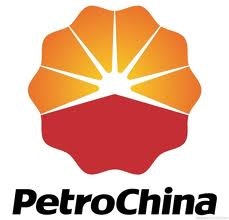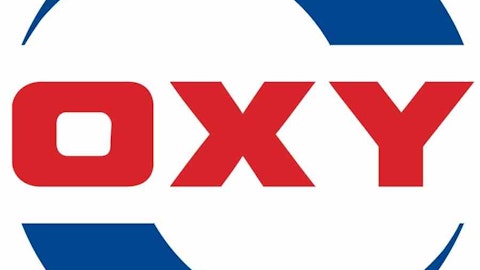
The way the U.S. is weaning its way off of imports will have a profound effect on more than just domestic consumption — it will also fundamentally change the way we think about the global energy supply. Here are three ways the U.S. could profoundly alter the way the world does energy.
1. OPEC and Russia will have less pricing control
In October, it will have been 40 years since OPEC cut oil shipments to the U.S. in response to the United States’ support of Israel in the Yom Kippur War. For parts of Europe, though, their struggles with supply shortages are much more recent. Multiple times in the past decade, Russia has cut gas supplies off from Ukraine, which has resulted in supply problems and price spikes in as many as 18 European countries.
Combined, OPEC nations and Russia represent 69% of the world’s crude oil and 40% of the world’s natural gas exports. These countries’ capacity to produce oil is so great that they are able to shut in production to help control global oil prices.
At the peak of U.S. imports, we represented 25% of the world’s import demand. As that position winds down to zero, our former suppliers will need to find new clients, especially our North American trade partners, Canada and Mexico. Combined, the two countries currently supply the U.S. with about 4 million barrels per day that will need to eventually go elsewhere.
Oil and gas revenues make up 45% and 10% of Saudi Arabia’s and Russia’s GDP, respectively. The two oil powers may have the ability to shut in production, but they can only do so much because they need oil revenues to keep their respective countries going. As oil that was previously destined for the U.S. starts to find its way toward other clients, OPEC and Russia’s share of exported oil will shrink, which will give them less pricing control and make the global oil market less volatile. Of course, it won’t completely cripple these countries, and OPEC and Russia will continue to be large players in the global supply market, but more domestic oil production in the U.S. will certainly chip away at the throne.
2. Improved U.S.-China relationship
There aren’t many things the U.S. and China have in common, but there is one thing these two economic giants share: They rely greatly on foreign energy sources to keep their economic engines running. For years, both countries have divided up the global energy markets and to a certain degree enacted very different foreign policies along the way to secure them. As a country that’s more politically agnostic with its foreign policy, China has been willing to work with the likes of Sudan, Myanmar, and Zimbabwe — countries that the U.S. hasn’t had a working relationship with for quite some time because of their leadership. The most egregious example is our differing relationships with Iran. While the U.S. has been employing strict economic sanctions against the nation, China imports about 500,000 barrels per day from there, making China Iran’s largest oil export market.
Surprisingly, our energy boom could help China, but not in the way you might think. The energy sector in the U.S. has been an incubator for innovative drilling techniques and technologies over the past few years. Now we have a near monopoly on the technology. Like the U.S., China has massive shale gas deposits, and the technology we possess could help them develop domestic sources and allow them to become more energy self-sufficient. We’re starting to see it happen. Royal Dutch Shell plc (ADR) (NYSE:RDS.A) has signed a deal with PetroChina Company Limited (ADR) (NYSE:PTR) to spend $1 billion a year to develop shale resources there. Also, fracking specialists Halliburton Company (NYSE:HAL) and Schlumberger Limited. (NYSE:SLB) are partnering with various Chinese companies to supply the country with hydraulic fracturing equipment and specialty fluids.
As both countries move toward more domestic energy production, the two countries won’t have to outmaneuver each other as much for foreign sources. That should ease tensions between the two counties somewhat and could lead to more cooperation in dealing with countries like Iran. There will still be several ideological, political, and economic topics where the U.S. will not see eye-to-eye with China, but this step will certainly help the situation.



